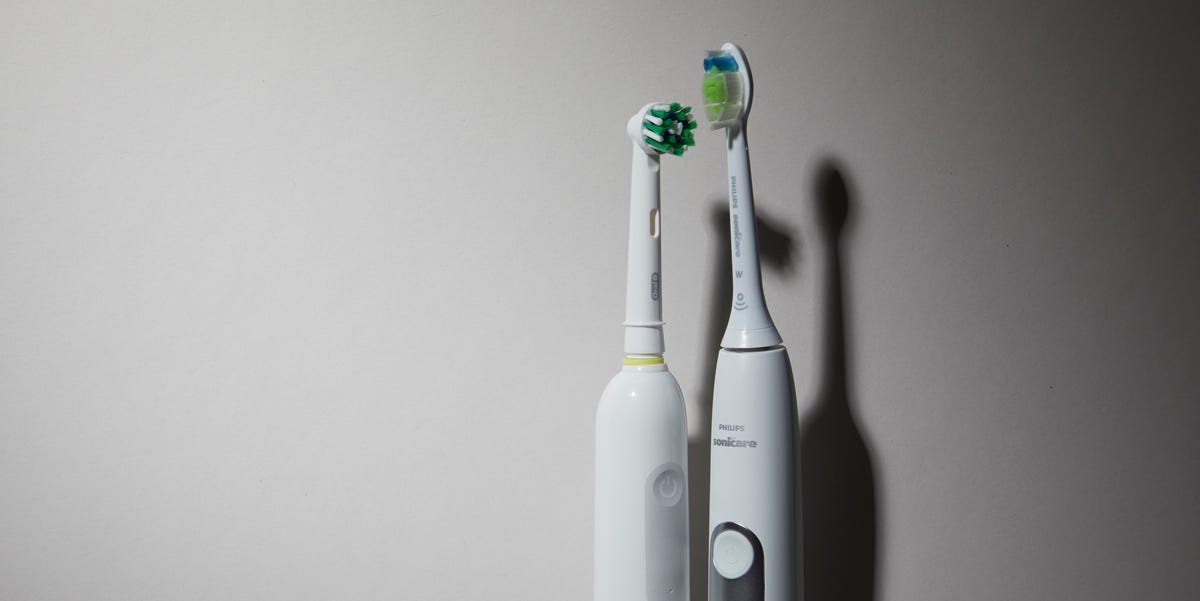To date, golf smartwatches have been pretty simple. They’re useful for tracking shots on the course but useless for tracking swing data. For that, you’d use launch monitors and simulators, but even those are more about where the ball is going, not what your body is doing. Until now, a coach was your best bet to perfect your golf game. Aside from that, you’d have to spend hours at the range finding your swing through trial and error.
But Apple, in partnership with the developers at Golfshot, has created the ultimate driving-range tool. Fittingly, the update dropped just before Father’s Day 2024. With the new Apple Watch Ultra 2 and Golfshot’s new Swing ID—part of its $59.99-per-year Golfshot Pro plan—you can get some of the most accurate golf data out there, swing by swing. It completely changes the game for casuals, weekend warriors, and diehards alike.
Golfshot has released an update that leverages the data collected on the Apple Watch Ultra 2 to hone in on every little mechanic that makes up a swing—hand and wrist rotation, the club face, body rotation, hand speed, rhythm, etc. Your watch can now measure your Swing ID every time you hit a ball. Essentially, the Apple Watch Ultra 2 has one of the most minutely accurate accelerometer and gyroscope setups we’ve seen—much more accurate than those of other smartwatches, even lesser Apple Watches. And in watchOS 10, Apple leveraged that tech for some high-motion frequency APIs. (That means golf-specific data collection. Try to stay with me here.) The watch collects thousands of data points throughout your golf swing that can measure infinitely small variations within the duration of the swing, all the way up to the millisecond that the club strikes the ball. (The watch is sophisticated enough to measure when you strike the ball based on vibrations within your wrist.)
Okay, what does any of this mean for a golfer? It’s easiest for me to explain through my own experience. Apple and Golfshot let me try out the combo at the range.
I thought I was in a bad spot golf-wise. The last time I hit at a range would have been in college. I’ve never found playing golf to be like riding a bike. To use that analogy, having a driver back in my hands brings to mind riding a bike in a dream. I know how it should feel, but it actually feels like all my muscles work independently from one another. I’m doing too much with my legs, not enough with my core, and chronically slicing because of it.
This is where I’d still call in a professional. On site, our pro was Jonathan Doctor. (Incredible coach, by the way.) He told me to call him Doc. Doc came over and pretty much told me my issue was more technical than anything I was worried about. “Grip’s great” and my legs and core were “not bad at all.” I could slow my tempo down, but I was consistent at least. Cool, but now I’m in the territory of minor tweaks, and those take years to fix.
Doc took a look at my Golfshot stats. Hand speed was decent. Rhythm, backswing angle, and transition all needed work, but they wouldn’t break my swing. Swing path was a tad too straight, and my slices were (you guessed it) stemming from a wide-open club face—something shocking like 30 degrees on my worst swings. I’d be more intentional on an iron, which would hide it. But put a driver in my hands and I’d swing for broke and end up hitting the driving range’s side netting. So Doc told me to concentrate first on that inside-to-outside, and we did a quick train-tracks drill. Gave me an extra fifty yards before my ball started to slice. “Now just focus on closing that club face.” And that was the last I saw of the Doctor.
The rest of the time, I was just closing that club face. The app gives you targets to hit—obviously, it tells you 0 degrees. I set a more reasonable target of 5 degrees. Anything under that and I’d be staying on the fairway. Incrementally, I cut that angle down. By the end of my session, I had a string of five decent drives, so I decided to go for distance again…Slice. Looked at my watch—another open club face.
None of this feels revolutionary, even if it is done with some of the most inconceivably advanced tech on earth. A coach would see problems faster than I would see them with a watch, but I’d have to pay them to stand there. If I were working on my own—as often as my journalist salary would allow—it would take multiple weekend sessions to figure this all out. But load up Golfshot on my Apple Watch Ultra 2 and I’m fixing my swing in one afternoon. That’s what’s revolutionary here. I’m getting data that’s so hyper-specific to my swing, and I can see it change swing by swing. If I need a second opinion, I can share my Golfshot data with my coach, who will give me steps for my next session. But I don’t need a coach to be there. I can set up a net in the backyard, walk out at 7:00 A.M. on a Saturday, hit one hundred balls, and send that to my coach. For the freedom and precision of information the Apple Watch Ultra 2 gives you, I’d say it’s more than worth the price of admission.
Read the full article here









